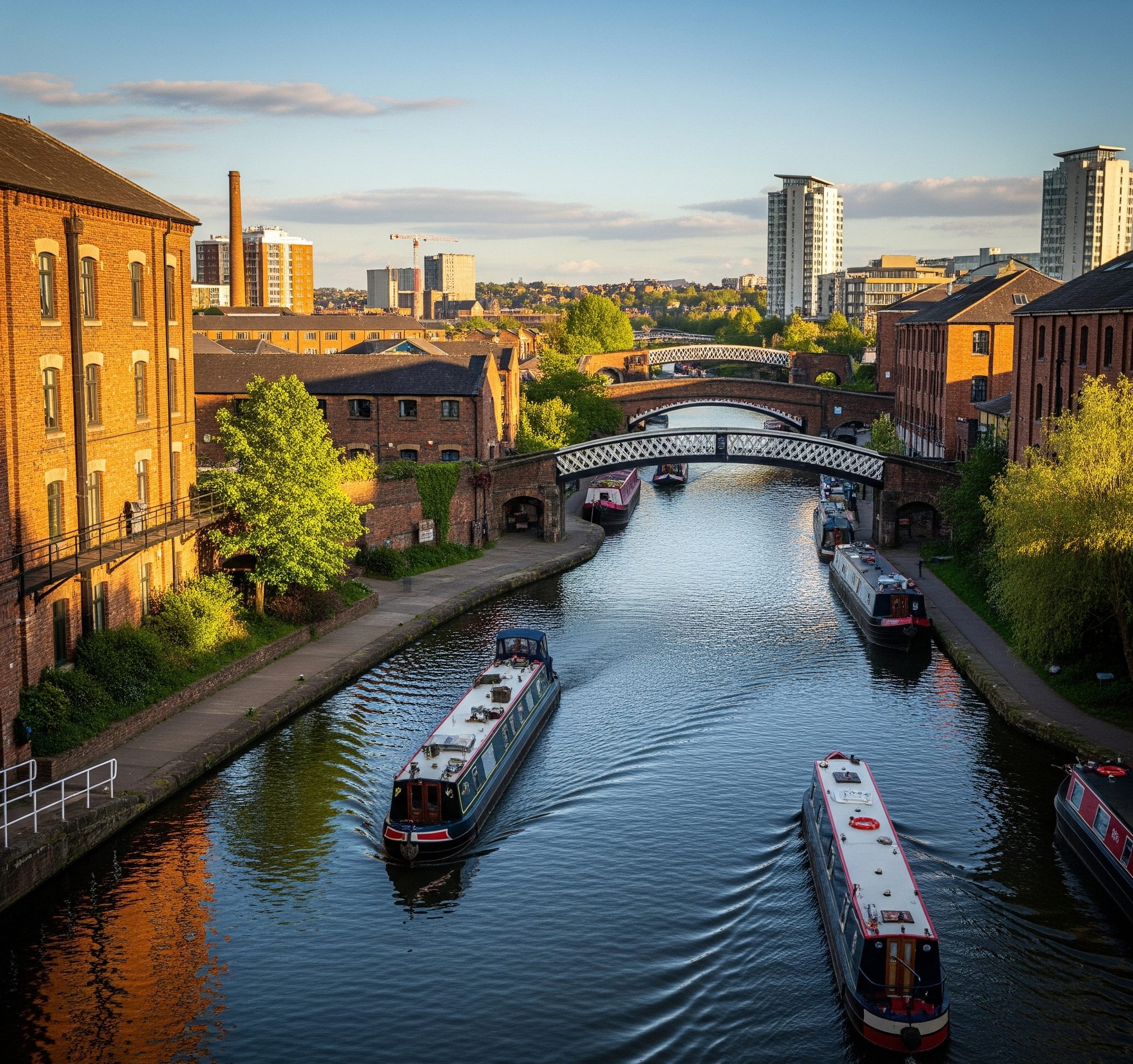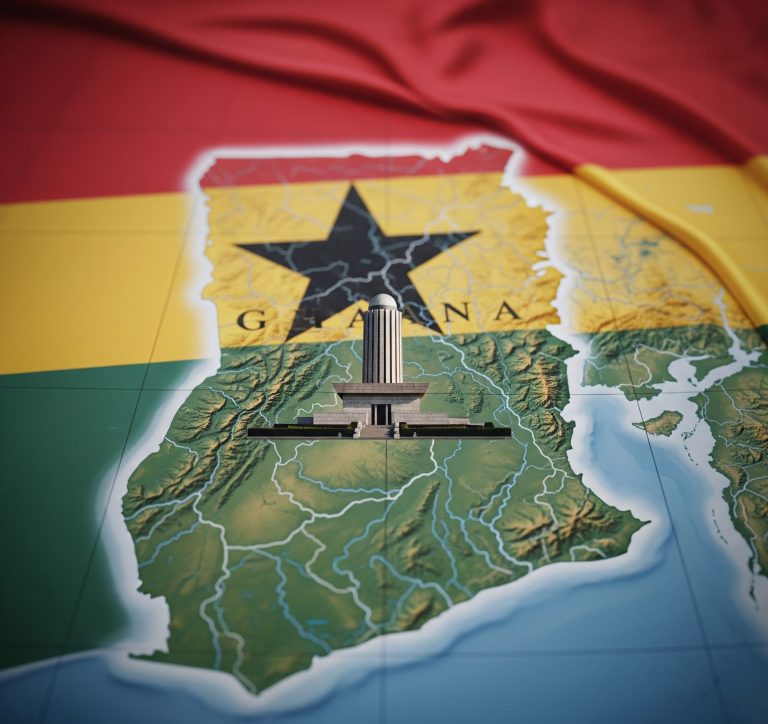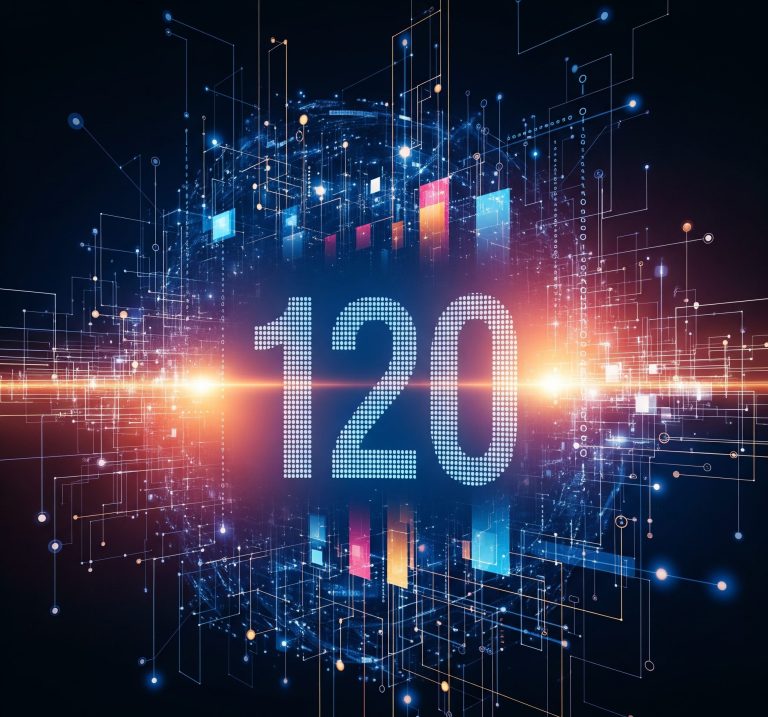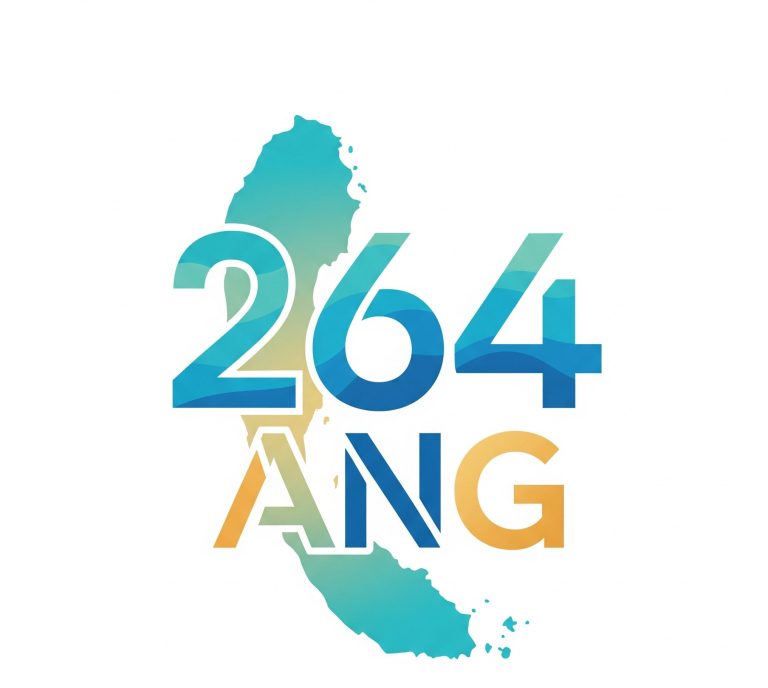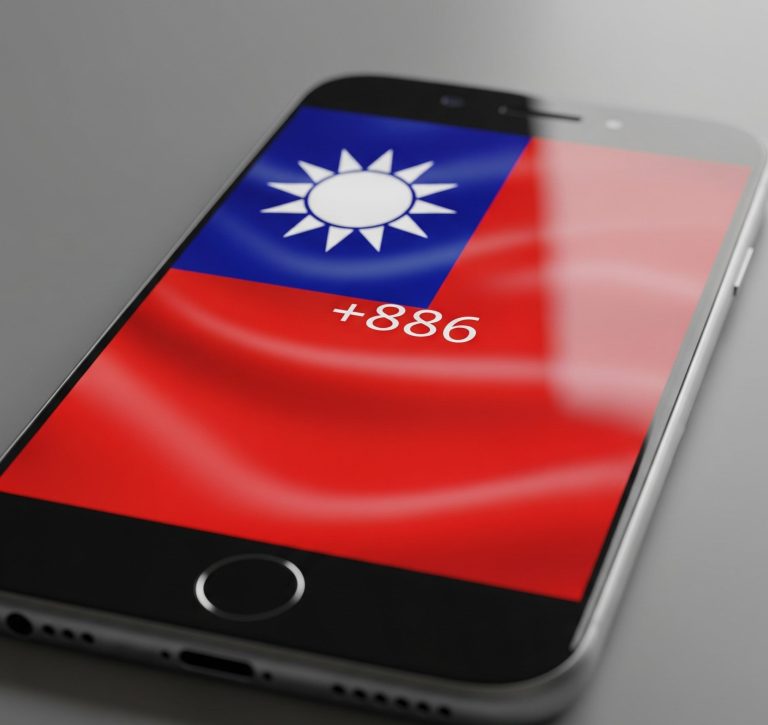To comprehend the absence of the 121 area code, we must first travel back to 1947. In an era of burgeoning telecommunication needs, AT&T and Bell Laboratories established the NANP to standardize and streamline long-distance dialing. Initially, the system was designed with a simple yet rigid structure for its area codes.
The first digit of an area code could be any number from 2 through 9. The second digit, crucially, was restricted to either a 0 or a 1, while the third digit could also range from 2 through 9. This structure was a clever way for the electromechanical switching systems of the time to distinguish between a long-distance call (indicated by the 0 or 1 in the second position of the area code) and a local call, where the three-digit central office code (or exchange) could not have a 0 or 1 in that same position.
Under this original framework, a 121 area code would have been an impossibility. The second digit, ‘2’, did not fit the established criteria. While the rules have since been relaxed to meet the explosive demand for new numbers, the foundational logic of the NANP and the way numbers are allocated still follows a structured process.
Contents
Where is the 121 Code Used? A Global Perspective
While the 121 area code is not a valid designation in the United States, the number is utilized in other parts of the world. Most notably, ‘121’ is a common number for accessing voicemail services in the United Kingdom. This distinction is a key takeaway for any American who might encounter this code, perhaps in an email signature or an online contact form from someone overseas. It serves as a reminder that numbering plans are not universal and vary significantly from one country to another.
The Modern Era of Area Codes: Overlays and Exhaustion
The telecommunications landscape of the mid-20th century is a world away from our current reality. The proliferation of fax machines, pagers, mobile phones, and internet-of-things devices has led to an unprecedented demand for new telephone numbers. This has resulted in a phenomenon known as “area code exhaustion,” where all possible seven-digit phone numbers within a given area code have been assigned.
To combat this, the telecommunications industry has largely moved away from the disruptive practice of “area code splits,” where a region is divided and a new area code is introduced for one of the sections. Instead, the more common solution is the “area code overlay.” An overlay introduces a new area code to the same geographic region as an existing one. This means that new phone numbers in that area may be assigned the new area code, while existing numbers keep their original code. This is why in many major metropolitan areas, you’ll find multiple area codes serving the same community.
The continuous need for new area codes underscores the dynamic nature of the NANP. The fact that the 121 area code remains unassigned in the U.S. is not an oversight but rather a reflection of the methodical process of allocating new codes as they are needed.

Navigating a Sea of Numbers: Area Code Scams and Consumer Awareness
In an environment of ever-expanding area codes, it’s crucial for consumers to be aware of potential scams. While the 121 area code itself is not associated with scams in the U.S. due to its non-existence here, fraudsters often use unfamiliar or spoofed area codes to trick unsuspecting individuals.
One common scam involves calls from international numbers that appear to be domestic. Scammers in certain Caribbean nations, for instance, use area codes that are part of the NANP and can be dialed directly from the U.S. Unsuspecting individuals who return these calls may be hit with significant international calling fees.
Another prevalent tactic is “neighbor spoofing,” where scammers use technology to make it appear as though they are calling from a number with your own area code, increasing the likelihood that you’ll answer.
The best defense against such scams is a healthy dose of skepticism. Be wary of calls from numbers you don’t recognize, even if they appear to be local. If you miss a call from an unknown number, consider waiting to see if they leave a voicemail before calling back. A quick search of an unfamiliar area code can often reveal its geographic location and any associated warnings.
The Future of the Phone Number
As technology continues to evolve, so too will the concept of the telephone number. The rise of voice-over-IP (VoIP) services and messaging apps that are tied to user profiles rather than geographic locations is already changing how we communicate. In the future, our traditional ten-digit phone number may become less of a primary identifier and more of a background element in a more integrated communication ecosystem.
conclusion
For now, however, the area code remains a vital part of our telephonic identity. And while you won’t be dialing a 121 area code to reach someone in the United States, the story behind its absence provides a compelling look into the intricate and ever-evolving world of telecommunications that connects us all.

